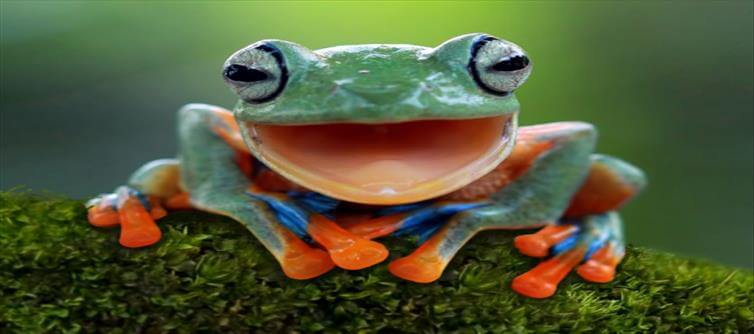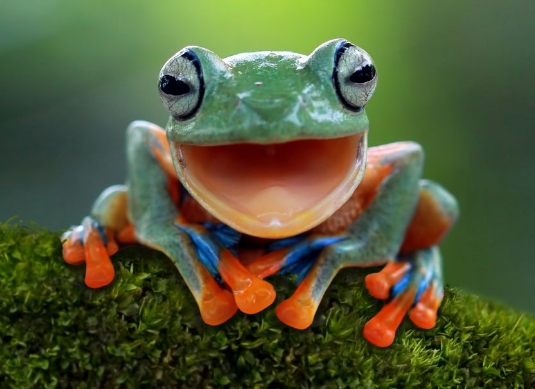
Colombian officials intercepted a smuggling attempt at Bogota Airport, seizing 130 poisonous frogs destined for trafficking. The smuggler, a Brazilian woman, had attempted to transport these frogs, smaller than five centimeters, which belong to species on the brink of extinction. This incident sheds light on the broader issue of wildlife trafficking, a global problem with severe consequences.

Colombia boasts 850 frog species, ranking second globally, and among them, poison dart frogs stand out as the most poisonous. With a toxicity level capable of killing 10 people, these frogs are highly coveted internationally. The vibrant colours of these frogs, while attractive to collectors, also serve as a warning to potential predators. The Ofaga frog from Colombia, in particular, faces a critical threat of extinction as it reportedly feeds on unfertilized eggs.
The allure of these frogs in the illegal wildlife trade has driven their price to approximately $2,000 per frog on the black market. Despite various conservation initiatives, such as projects aimed at preserving these species, wildlife trafficking remains rampant in Colombia, a country renowned for its biodiversity. Amphibians, small mammals, and marine animal parts, including sharks, are frequently subjected to trafficking, posing a significant threat to the region's rich and diverse ecosystems. Efforts to combat this illicit trade are crucial for the conservation of Colombia's unique and threatened wildlife.




 click and follow Indiaherald WhatsApp channel
click and follow Indiaherald WhatsApp channel